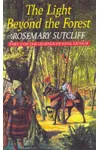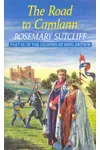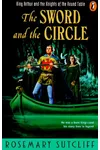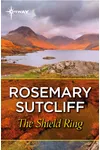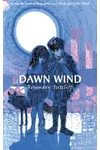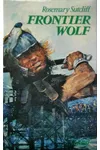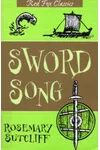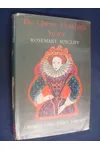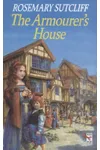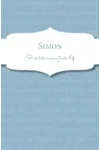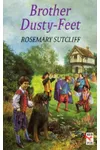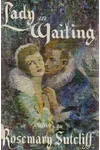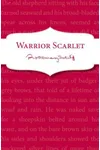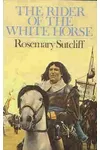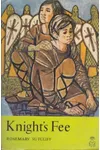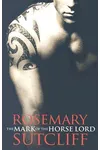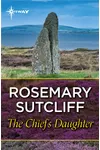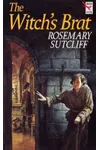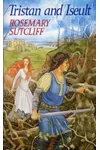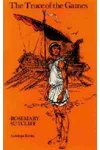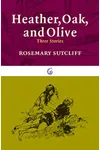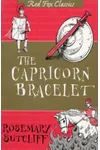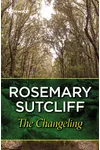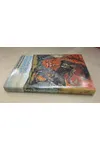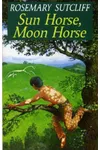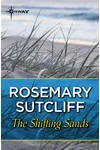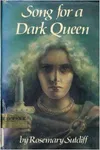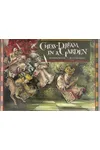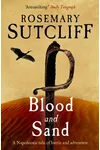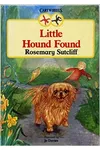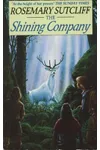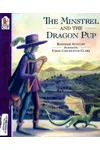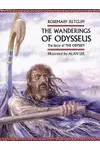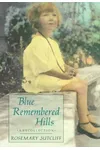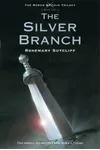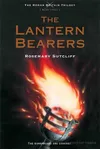Picture a British storyteller who brought ancient Rome to life with vivid tales of courage and adventure—meet Rosemary Sutcliff! Born in 1920, this celebrated children’s author overcame a lifelong disability to craft historical novels that still captivate readers. Her masterpiece, The Eagle of the Ninth, is just one gem in a legacy that blends rich history with heart-pounding drama.
With a knack for making the past feel alive, Sutcliff’s stories transport you to forgotten worlds. Her lyrical prose and deep respect for history earned her the Carnegie Medal and an Order of the British Empire. Ready to dive into her epic adventures? Let’s explore the life and works of this remarkable writer!
The Making of Rosemary Sutcliff
Rosemary Sutcliff was born on December 14, 1920, in Surrey, England, to a naval family. Stricken with Still’s disease, a form of juvenile arthritis, at a young age, she faced physical challenges that confined her to a wheelchair for much of her life. Yet, her imagination soared. Homeschooled and inspired by her mother’s storytelling, Sutcliff devoured myths and history, laying the foundation for her future works. By her teens, she was painting miniatures and writing stories, her passion for narrative already evident. Her first published novel, The Chronicles of Robin Hood (1950), marked the start of a prolific career.
Rosemary Sutcliff’s Unforgettable Stories
Sutcliff’s novels are a love letter to history, blending meticulous research with vivid storytelling. Her most famous work, The Eagle of the Ninth (1954), follows a young Roman officer unraveling the mystery of a lost legion in ancient Britain. This gripping tale, the first in a series, showcases her signature style: lush prose, complex characters, and a deep sense of place. The Lantern Bearers (1959), another standout, explores the fall of Roman Britain with poignant depth, earning her the Carnegie Medal.
Her novels often center on young heroes facing trials in turbulent times, from Roman Britain to the Bronze Age. Works like Warrior Scarlet (1958) highlight her ability to weave themes of belonging and resilience into historical settings. Sutcliff’s respect for her young readers shone through—she never shied away from life’s complexities, making her stories timeless. Her lyrical, almost poetic style brings ancient landscapes to life, inviting readers to smell the heather and hear the clash of swords.
Beyond her Roman novels, Sutcliff reimagined myths and legends, such as The Hound of Ulster (1963), retelling the Irish hero Cuchulain’s saga. Her versatility and dedication to historical accuracy made her a beloved figure in children’s literature, with over 50 books to her name.
Why Rosemary Sutcliff Matters
Rosemary Sutcliff’s impact transcends her era. Her novels introduced generations to history, sparking curiosity about ancient cultures. Her portrayal of disability, drawn from personal experience, added depth to her characters, offering representation rare for her time. Writers like Philip Pullman and Neil Gaiman have cited her influence, and her books remain in print, cherished by readers young and old.
Her legacy also lies in her courage. Despite physical limitations, Sutcliff wrote with unrelenting passion, proving that creativity knows no bounds. Her stories continue to inspire, reminding us that history is not just dates—it’s the heartbeat of human experience.
About Rosemary Sutcliff
- Born: December 14, 1920, in Surrey, England
- Key Works: The Eagle of the Ninth, The Lantern Bearers, Warrior Scarlet
- Awards: Carnegie Medal (1959), Order of the British Empire (1975)
- Died: July 23, 1992
Snag The Eagle of the Ninth and dive into Rosemary Sutcliff’s thrilling historical adventures! Her worlds of Roman legions and ancient heroes await—perfect for cozy evenings or inspiring young readers!

